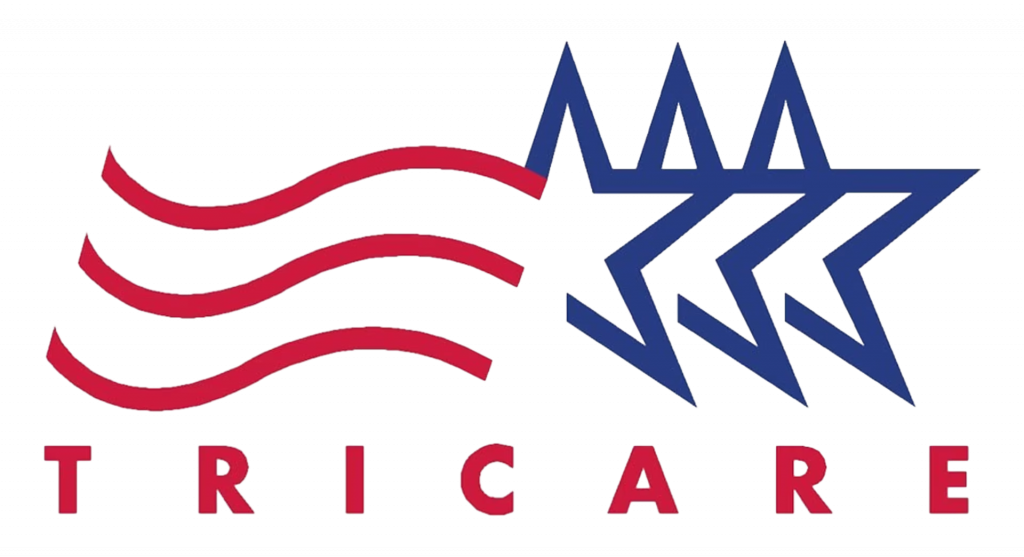LIVING WITH PTSD? THERE’S A WAY BACK TO BETTER
Prism for PTSD is an FDA-cleared software device now available to at Bespoke Treatment to treat PTSD in Los Angeles, California. Prism Neurofeedback helps you discover your way to tune down brain activity associated with PTSD to help you get control of your symptoms.
Post-Traumatic Stress Disorder (PTSD) is linked to stuck patterns of brain activity. Neurofeedback is a method of retraining your brain to let go of the unhelpful brain-wave patterns. Neurofeedback can relieve your symptoms and enhance your mental health. Bespoke Treatment offers FDA-cleared Prism Neurofeedback for PTSD at our Santa Monica office to help you cope with PTSD and lead a more fulfilling life.
WHAT IS NEUROFEEDBACK?
In search of PTSD treatment in Los Angeles, California? Compared to other PTSD treatments, Prism is a completely different type of therapy. Prism is the only medication-free, FDA-cleared psychiatric intervention for PTSD. Prism is used under the direction of a healthcare professional, together with other pharmacological and/or non-pharmacological interventions.
How Does Neurofeedback for PTSD Work?
Neurofeedback isn’t a cure for PTSD, but rather a method of training your brain to cope with negative thoughts and feelings. It helps you break the cycle of negative brain activity leading to unhealthy behavior.
Prism Neurofeedback is a bit like a training session for your brain. With the Prism software, you’ll see a visual representation of your brain activity on a screen in real-time. You’ll see changes as you watch the screen when you calm or control your brain activity. This helps you learn to actively self-manage your brain’s reactions. That’s why, over time, participating in neurofeedback therapy can lead to more positive brain patterns, helping you feel better and reducing PTSD symptoms.
Is Neurofeedback Effective for PTSD?
Yes, neurofeedback is effective for PTSD. Not only can you start to feel better within just a few sessions, but many patients also continue to see increased progress even after treatment ends.
During the Prism procedure, you will sit in a quiet room with a computer monitor. You will be fitted with an EEG headset, which looks like a swim cap with small electrodes. These electrodes monitor brain activity, similar to how a fitness monitor measures your heart rate.
The electrodes don’t cause any shocks or pain. Rather, they monitor your brain waves and deliver microcurrents to your brain in response to your brain activity. The feedback is imperceptible to you, but your brain picks up on the current and adjusts accordingly.
You will watch a computer simulation with agitated avatars. The only thing you need to do is get the avatars to sit and calm down. How do you do it? You practice using your mental strategy – a personal memory, emotion, or experience – to tune down the amygdala-based biomarker.
This is the exciting technology behind Prism! Prism reads the signal from the EEG headset and computes the amygdala-based biomarker. As you lower the biomarker, the avatars will gradually sit and quiet down.
Since there is no single strategy that works for everyone, you will have an opportunity to discover what works just for you!
Prism Neurofeedback therapy offers many benefits. First, it is a drug-free method of coping with PTSD. Also, compared to many other treatment modalities, neurofeedback is quick. The sessions themselves are much shorter than other therapeutic approaches, and they also deliver rapid results.
In the Prism clinical trial, after eight weeks of two Prism sessions a week, a majority (70%) of the patients had a significant improvement in their PTSD symptoms and 32% were in remission. In addition, Prism allows you to take an active part in your treatment process and was shown to be well accepted by patients.
Prism is FDA-cleared as an adjunctive treatment of symptoms associated with Post-Traumatic Stress Disorder (PTSD). Prism is to be used for patients diagnosed with PTSD under the direction of a healthcare professional, together with other pharmacological and/or non-pharmacological interventions. Our clinical team provides thorough assessments before recommending Prism for PTSD or other treatment programs, such as TMS Therapy.
Prism is an FDA cleared device that uses EEG neurofeedback to treat symptoms associated with posttraumatic stress disorder (PTSD). It is used under the direction of a Healthcare Professional, together with other pharmacological and/or non-pharmacological interventions.
Neurofeedback, a type of biofeedback, provides immediate feedback on the activity of your brain. Prism for PTSD introduces a new training method to help you gain control over brain activity associated with PTSD. This is done using an EEG headset placed on your head to passively monitor activity in your brain, like a fitness monitor that measures your heart rate. You learn to regulate/control your brain activity and receive feedback through an interactive scenario on a computer monitor.
EEG is short for electroencephalogram, and is used routinely for various medical purposes, is noninvasive, requires no injections, involves no radiation, and is safe. The EEG headset used in Prism is like a swim cap with small, metal electrodes attached. The electrodes measure your brain activity.
Prism for PTSD is a well-tolerated, safe non-drug therapy. The most common side effects experienced by patients in the clinical trial were mild, such as headaches, dizziness, and fatigue, and temporary. Patients completely recovered from these side effects after the training sessions.
Prism is a completely different type of treatment than medication and psychotherapy. In the Prism clinical trial, after eight weeks of two Prism sessions a week, a majority (70%) of the patients had a significant improvement in their PTSD symptoms and 32% were in remission. In addition, Prism allows you to take an active part in your treatment process and was shown to be well accepted by patients.
It varies from one patient/client to another, so there is no definitive answer. You will get continuous feedback from Prism on your ability to regulate your brain, which is the first step towards improving. In the Prism clinical trial, five months after the start of treatment (or three months follow up after the end of treatment), almost 70% of the subjects had a clinically meaningful improvement and 32% were in remission.
For each Prism session, you will be seated in a quiet room in front of a computer monitor. Each Prism session lasts 30 minutes. In the 30-minute session, you will be guided through five training cycles, each cycle lasts about four minutes. Between each cycle, you will have a short break to recharge and get ready for the next cycle.
Yes. Prism is a medical device that has been cleared by the FDA, which requires a healthcare professional to prescribe it.
The treatment plan comprises an initial pre-training session, followed by 15 sessions, each lasting around 30 minutes, two times a week over a 2-month period or over a period determined by your healthcare provider.
Yes. Prism Neurofeedback is conducted in-person at our Santa Monica clinic under the supervision of a healthcare provider.
It is important that you stay focused, remain still, and participate fully in the Prism training. At the start of every training session, your healthcare provider will place an EEG headset on your head to record your brain activity. You will watch a video of a busy and noisy scenario where a group of animated characters, or avatars, are huddled and yelling. Your goal during the treatment is to get the avatars to sit down, keep them seated and calm, and to lower their voices.
To achieve this, you’ll need to use a mental strategy, such as a specific memory, emotion, or experience. As you change your response to be less stressed, you change your brain activity, and the avatars will sit down and quiet down. It may take a few sessions to find the strategy that works best for you.
Prism is an adjunct therapy, which means that it is prescribed together with medications for PTSD. You should discuss with the prescribing physician who is treating your PTSD.
Prism for PTSD will not radiate you. The EEG device used only reads electrical activity of your brain. EEG is used routinely for various medical purposes, is non-invasive, requires no injections, involves no radiation, and was proven to be safe.
No! Prism for PTSD does not read a person’s thoughts. The EEG headset is like a swim cap with several small, metal electrodes attached. The electrodes measure your brain’s electrical activity, like a fitness monitor or EKG that measures your heart rate.
Prism Neurofeedback for PTSD is made by GrayMatters Health, a global health technology company developing innovative self-neuromodulation procedures to improve mental health care.
Prism for PTSD has FDA clearance to treat symptoms associated with posttraumatic stress disorder (PTSD), under the direction of a healthcare professional, together with other pharmacological and/or nonpharmacological interventions. It is under investigation for other mental disorders.









